Glue repairs ceramics: how to repair a broken ceramic object, which product to choose. Here are some useful tips.

Break a plate into ceramic or a coffee cup is quite common when handling daily delicate objects, while washing or simply while using. It would be much easier to replace the broken object with a new one, but we are often fond of that dear dish inherited from our grandmother, so much so that we don’t want to part with it.
There solution is at hand: the glue repairs ceramics. The market offers different types of products, divided by brand, chemical content and specific use, because it seems that the glues are all the same, but this is not the case.
Let’s see together how to repair a broken ceramic object e which glue to use.
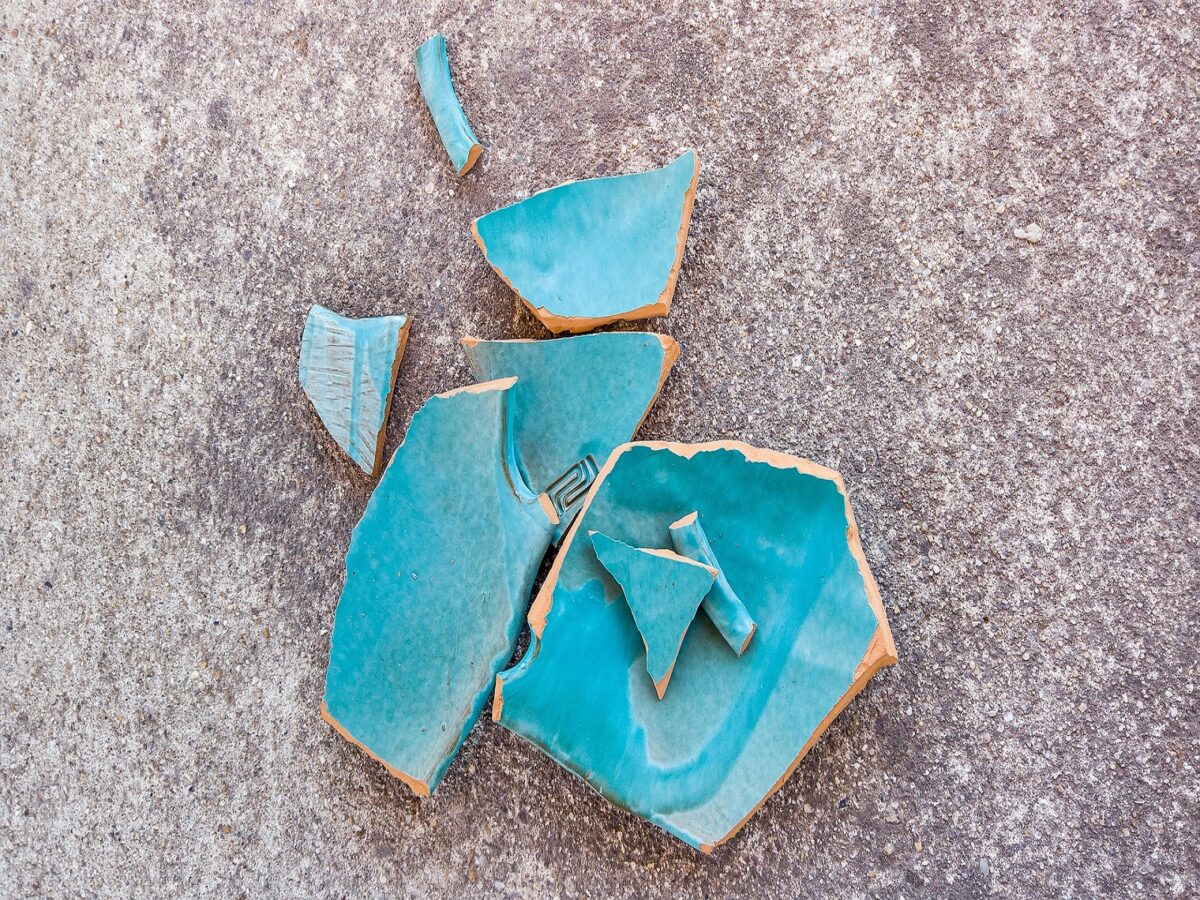
How to repair ceramic
When breaking a ceramic object, the first thing to do is check the type of break. Two pieces divided in half and coincident can be glued together, more pieces or various splinters become complicated to assemble. In both cases, for household uses and food, the products to be used are two:
Read also: Vietri ceramics: a fantastic artisan tradition
- instant glue cyanoacrylate,
- glue epoxy.
For industrial and building uses, on the other hand, the types of glue for ceramics are:
- glue al silicone,
- glue al polyurethane.
The choice of one of the two depends on how closely the pieces fit together.
Cyanoacrylate glue
The glue cyanoacrylate it is also called snapshot. It is transparent and is used with a dropper, in fact, very few are enough to obtain a high yield. Just place it with the spout container on the break, after having thoroughly cleaned the area to be glued, put the two pieces together for a few seconds.
The object repaired with cyanoacrylate glue can be washed in the dishwasher or with the use of detergents without the risk of a second break.
To prevent the glue from drying out, once opened, it is advisable close it well and store it in the refrigerator, paying attention to humidity and bring it back to room temperature before the next use.
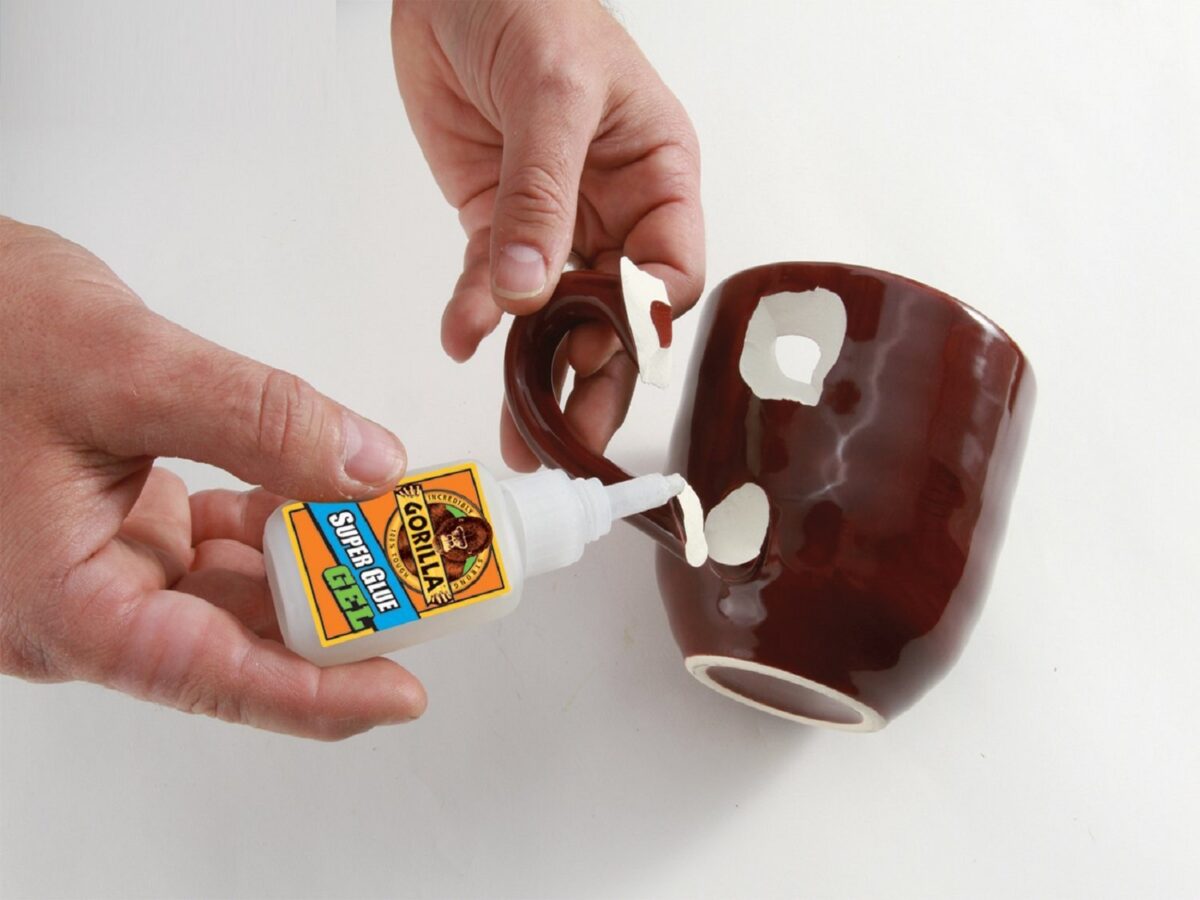
Epoxy glue
The glue epoxy has a strong bonding power. These are two components, without solvents or water, which, when mixed together, create one blend able to paste each kind of material, even when it doesn’t match. The two components are:
On the market there are both versions of the product to be mixed manually and those already mixed, to be dispensed with a double syringe. It is recommended to use when the object to be repaired is broken in several parts.
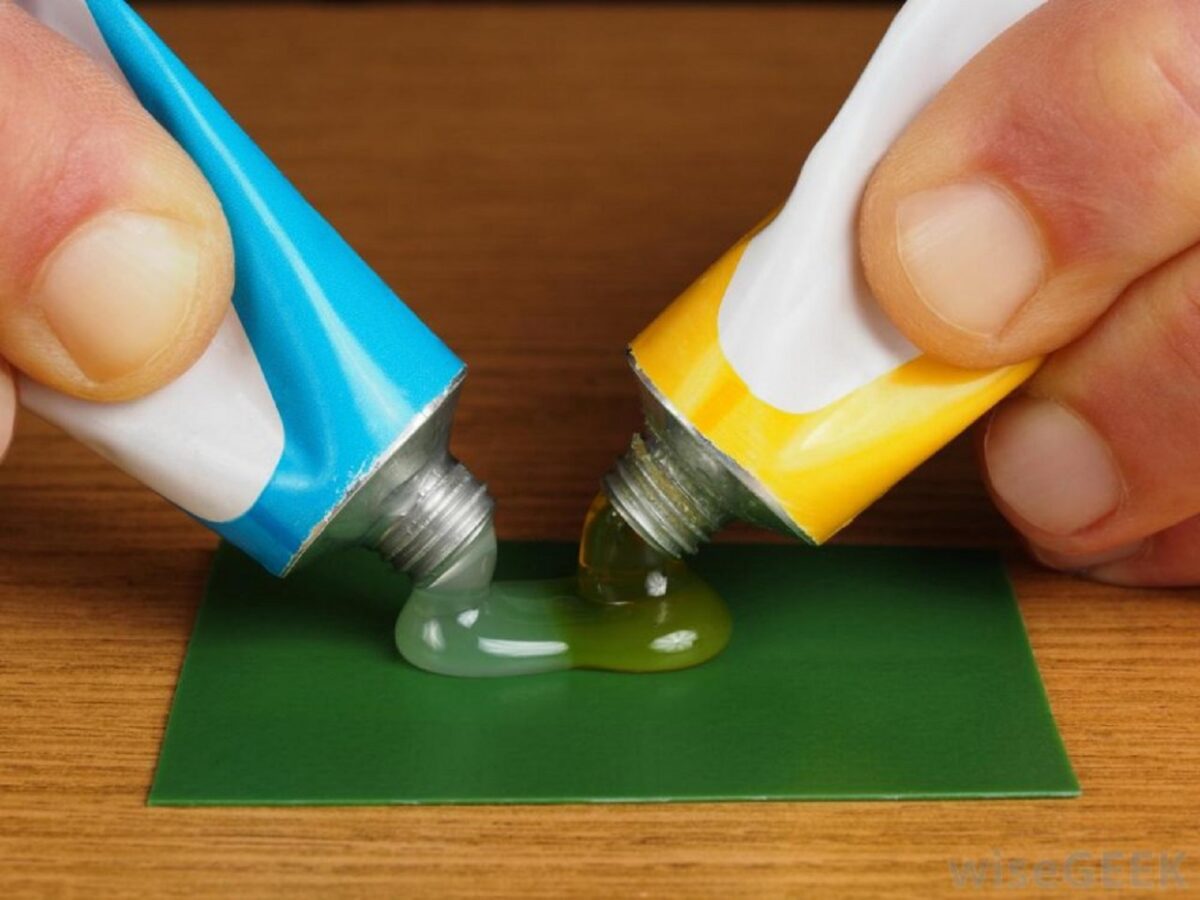
You may be interested in: Furnishing your home with patchwork: ideas and useful tips
Silicone glue
The glue al silicone thermally conductive is used to repair and cover cracks and crevices in ceramic. It polymerizes overnight, therefore, after gluing the pieces, it is advisable to let it dry at room temperature for 2 or 3 days. It has a strong capacity of resistance to high temperature, is suitable for gluing ceramic dishes that will be used in the oven.

Polyurethane glue
The glue al polyurethane it is used in construction for assemble tiles in ceramic. Fills in cracks and glues in no time. It is solvent based and resists very high temperatures, water, cold and fire. It could be used for any type of ceramic both external and external, thanks to the resistance ai weathering.

Do you want design advice on how to furnish? Join the group
Ceramic repair glue: how to use it
After choosing the right glue, i steps to follow to repair the broken ceramic are:
- Clean the surface to be bonded. To remove stubborn stains, acetone can be used
- Dry well
- Check that the pieces to be glued are well joined and that there are no missing splinters
- Pour a few drops of glue
- Combine the pieces
- Hold the pieces firmly for a few seconds
- Allow the object to dry for at least 24 hours
- Check that the repair was successful
- Use the item as if it were new.
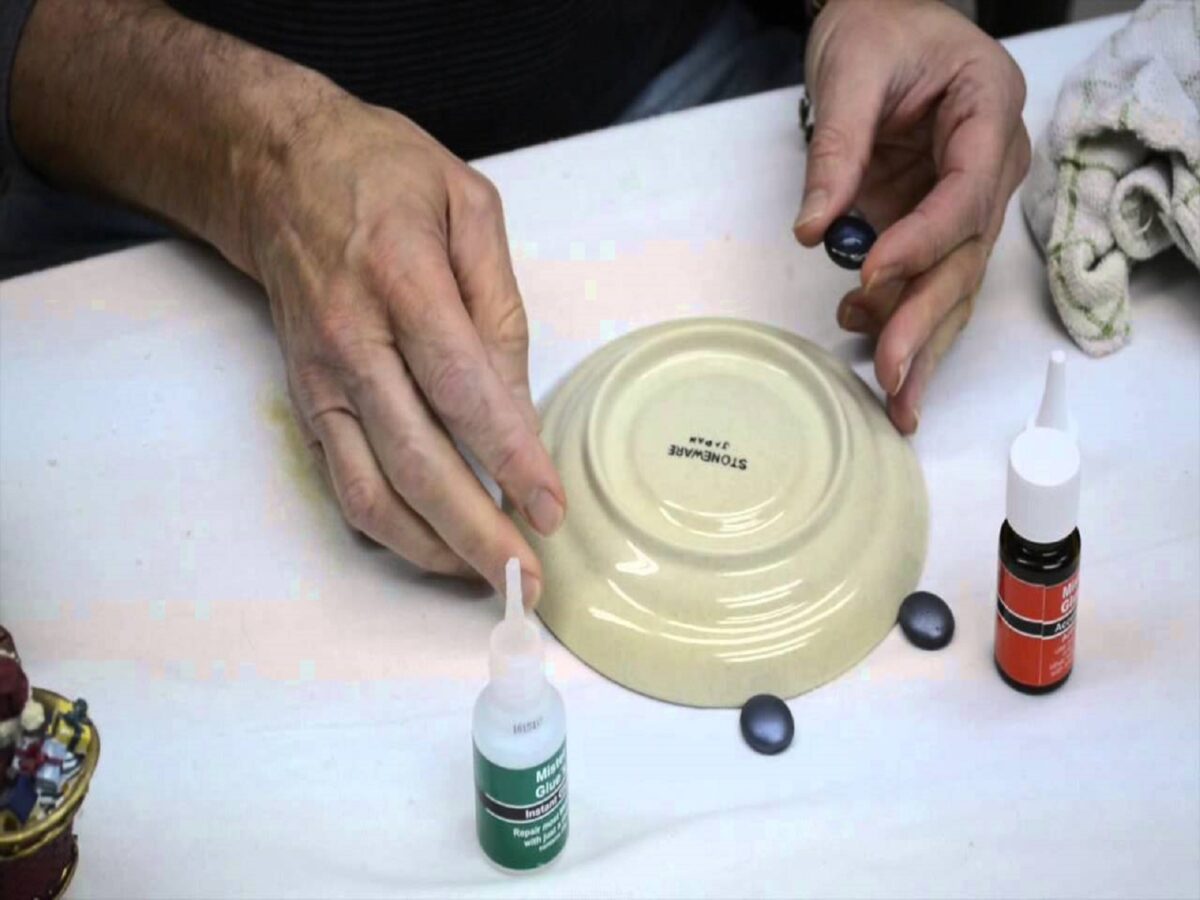
Glue repairs ceramics: prices
The brands of glue for home-use ceramics, present on the market and, best known in Italy, are:
THE prices they vary according to the specificity of the adhesive and are around € 5 to € 20 for a glue from 5g to 250g.
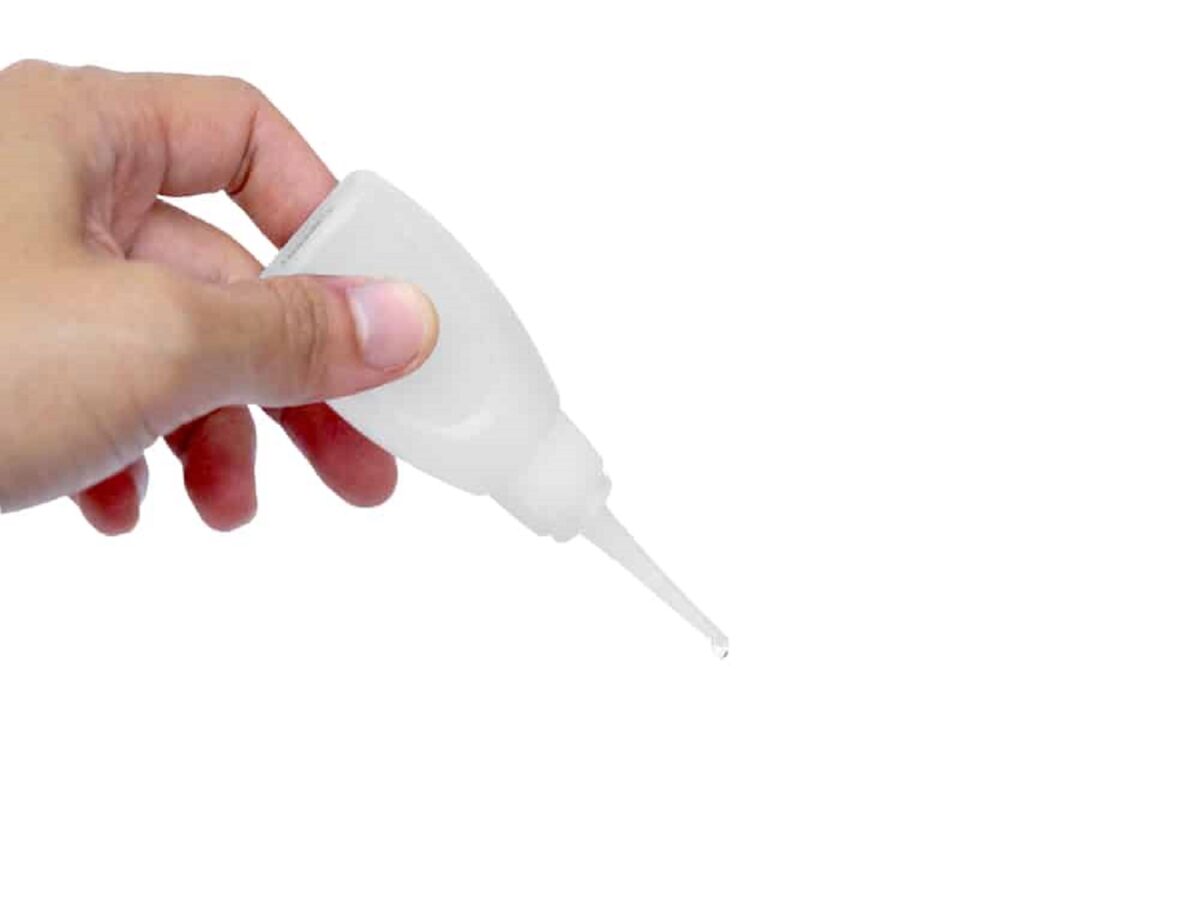
Glue repairs ceramics: how to remove residues
Some products on the market are specific for to remove glue residues from ceramic tiles or any other repaired object. During the gluing operation, theadhesive it may come out creating a visible transparent streak. For delete it just take a wad of soaked cotton of acetone is pass it on the glue more.
We recommend the use of gloves to carry out any type of operation.
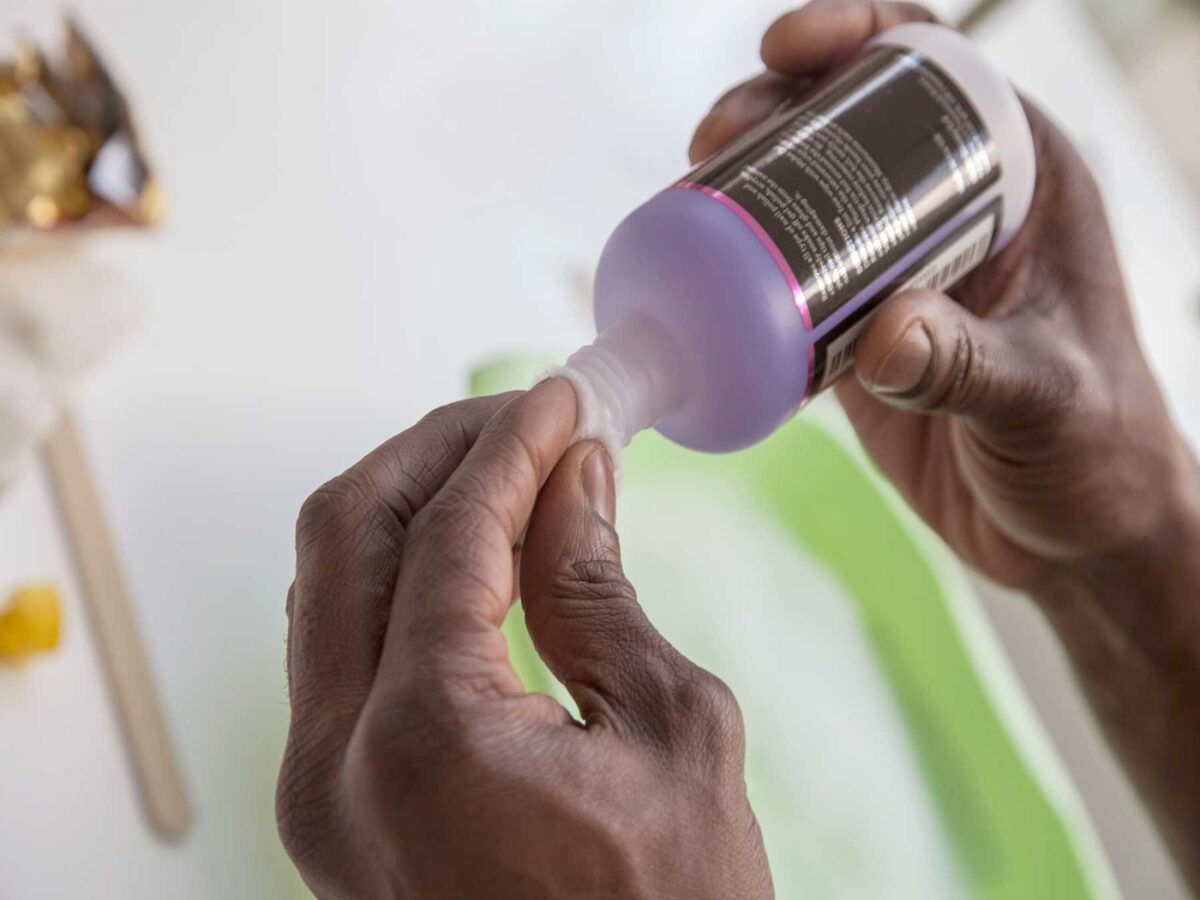
Glue repairs ceramics: the kintsugi
Kintsugi is the Japanese art of repairing pottery. It is worth the worth mentioning, because her creativity limits the use of glue repairs ceramics and chemicals. The kintsugi highlights the fractures of the shards through the use of a powder of metal, gold or silver, which is used to decorate the cracks, so that they are visible.
The kintsugi technique is used as a life teaching: it is not necessary to throw away what is broken, putting together the pieces of a ceramic is equivalent to resilience and to cope with the sudden events of life. Just like a ceramic vase with gold streaks, it is possible to change perspective in situations by seeing the positive side in a new light.

Glue repairs ceramics: image gallery
Here, in the gallery, some photos of glue repairs ceramics.
Glue repairs ceramics: how to repair a broken ceramic object, which product to choose. Here are some useful tips.

Break a plate into ceramic or a coffee cup is quite common when handling daily delicate objects, while washing or simply while using. It would be much easier to replace the broken object with a new one, but we are often fond of that dear dish inherited from our grandmother, so much so that we don’t want to part with it.
There solution is at hand: the glue repairs ceramics. The market offers different types of products, divided by brand, chemical content and specific use, because it seems that the glues are all the same, but this is not the case.
Let’s see together how to repair a broken ceramic object e which glue to use.

How to repair ceramic
When breaking a ceramic object, the first thing to do is check the type of break. Two pieces divided in half and coincident can be glued together, more pieces or various splinters become complicated to assemble. In both cases, for household uses and food, the products to be used are two:
Read also: Vietri ceramics: a fantastic artisan tradition
- instant glue cyanoacrylate,
- glue epoxy.
For industrial and building uses, on the other hand, the types of glue for ceramics are:
- glue al silicone,
- glue al polyurethane.
The choice of one of the two depends on how closely the pieces fit together.
Cyanoacrylate glue
The glue cyanoacrylate it is also called snapshot. It is transparent and is used with a dropper, in fact, very few are enough to obtain a high yield. Just place it with the spout container on the break, after having thoroughly cleaned the area to be glued, put the two pieces together for a few seconds.
The object repaired with cyanoacrylate glue can be washed in the dishwasher or with the use of detergents without the risk of a second break.
To prevent the glue from drying out, once opened, it is advisable close it well and store it in the refrigerator, paying attention to humidity and bring it back to room temperature before the next use.

Epoxy glue
The glue epoxy has a strong bonding power. These are two components, without solvents or water, which, when mixed together, create one blend able to paste each kind of material, even when it doesn’t match. The two components are:
On the market there are both versions of the product to be mixed manually and those already mixed, to be dispensed with a double syringe. It is recommended to use when the object to be repaired is broken in several parts.

You may be interested in: Furnishing your home with patchwork: ideas and useful tips
Silicone glue
The glue al silicone thermally conductive is used to repair and cover cracks and crevices in ceramic. It polymerizes overnight, therefore, after gluing the pieces, it is advisable to let it dry at room temperature for 2 or 3 days. It has a strong capacity of resistance to high temperature, is suitable for gluing ceramic dishes that will be used in the oven.

Polyurethane glue
The glue al polyurethane it is used in construction for assemble tiles in ceramic. Fills in cracks and glues in no time. It is solvent based and resists very high temperatures, water, cold and fire. It could be used for any type of ceramic both external and external, thanks to the resistance ai weathering.

Do you want design advice on how to furnish? Join the group
Ceramic repair glue: how to use it
After choosing the right glue, i steps to follow to repair the broken ceramic are:
- Clean the surface to be bonded. To remove stubborn stains, acetone can be used
- Dry well
- Check that the pieces to be glued are well joined and that there are no missing splinters
- Pour a few drops of glue
- Combine the pieces
- Hold the pieces firmly for a few seconds
- Allow the object to dry for at least 24 hours
- Check that the repair was successful
- Use the item as if it were new.

Glue repairs ceramics: prices
The brands of glue for home-use ceramics, present on the market and, best known in Italy, are:
THE prices they vary according to the specificity of the adhesive and are around € 5 to € 20 for a glue from 5g to 250g.

Glue repairs ceramics: how to remove residues
Some products on the market are specific for to remove glue residues from ceramic tiles or any other repaired object. During the gluing operation, theadhesive it may come out creating a visible transparent streak. For delete it just take a wad of soaked cotton of acetone is pass it on the glue more.
We recommend the use of gloves to carry out any type of operation.

Glue repairs ceramics: the kintsugi
Kintsugi is the Japanese art of repairing pottery. It is worth the worth mentioning, because her creativity limits the use of glue repairs ceramics and chemicals. The kintsugi highlights the fractures of the shards through the use of a powder of metal, gold or silver, which is used to decorate the cracks, so that they are visible.
The kintsugi technique is used as a life teaching: it is not necessary to throw away what is broken, putting together the pieces of a ceramic is equivalent to resilience and to cope with the sudden events of life. Just like a ceramic vase with gold streaks, it is possible to change perspective in situations by seeing the positive side in a new light.

Glue repairs ceramics: image gallery
Here, in the gallery, some photos of glue repairs ceramics.


